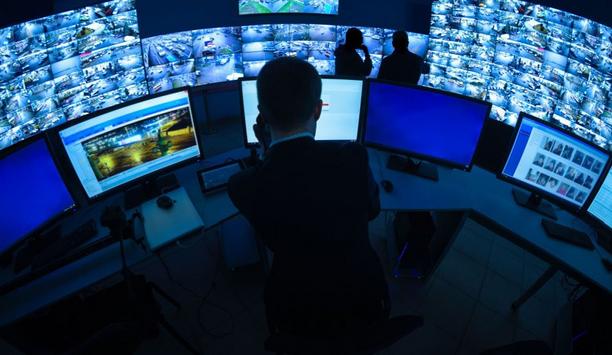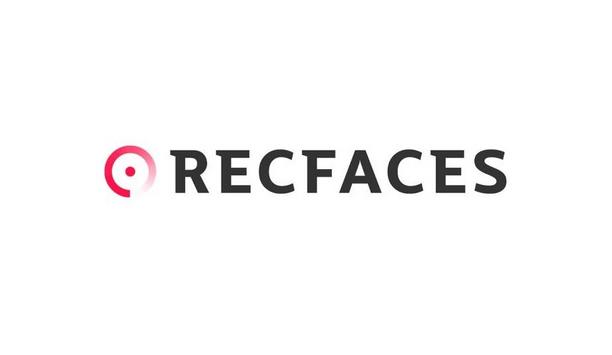How does the “perception of safety” impact system choices?
Editor Introduction
Does seeing video cameras at a location make you feel safer or less safe? Do you feel better to know that video surveillance is capturing everything that happens, thus discouraging crime? Or do you think: What kind of neighbourhood (or store) is this that needs a CCTV camera watching everything? Do you feel more secure when the security guard at the hotel elevator asks to see your room key? Do airport screenings ease your mind about getting on an airplane with 100 strangers? The “perception of safety” is a tricky thing, and presence (or absence) of security systems can play a role. We asked this week’s Expert Panel Roundtable: What is the impact of promoting a "perception of safety" when choosing and/or installing physical security systems? How might perception influence the choice of systems (e.g., more overt)?
In physical security systems, I personally feel that the creation of a “perception of safety” can have a more negative effect than a positive effect. I have seen end users choose to install “dummy cameras,” post misleading signs about video surveillance, and note alarm and detection systems that did not exist. These decisions were made for the “perception of safety.” If the goal is to truly provide safety and security by using physical security products, then the budgets and product selection must align and be paired with appropriate human security.
For video surveillance specifically, the general perception is that the presence of security cameras makes people feel "safer" by knowing that the overt cameras may deter unlawful activities. The reality, however, is more nuanced. While some studies in city centre applications show that people do indeed feel safer with overt cameras and are willing to compromise privacy, other studies – in retail stores, for example – show that people may feel less secure with large numbers of overt cameras because of the perception that the very need for extensive video surveillance is an indication of a "rough" environment. The other major impact of using overt surveillance to promote a perception of safety is the perception of a loss of privacy. Another consideration in promoting the "perception of safety" is the liability that may be associated with the systems themselves not being able to prevent criminal activity.
Organisations that have a “perception of safety” often experience increased loyalty from employees, partners, and customers. This knowledge can drive business and attract valuable talent. When you look at cities, a strong perception of safety can lead to increased tourism, and attribute to a strong economy and labour market. Security and business stakeholders that focus on safety as a primary priority seek out systems that can support this culture and therefore, often identify technologies that are considered innovative and groundbreaking. The ability to deploy systems that can help drive new levels of situational awareness across an enterprise is a fundamental component to maintaining a robust security posture and a perception of safety. Technologies can be used to create real-time intelligence to help mitigate risks, enhance customer experience and improve operational performance — three concepts critical to maintaining a perception of safety.
I’m a big believer in deterrents, and it’s often underplayed. A good deterrent can help stop crime and at least encourage people to a move to a different area. A notice that an area is under surveillance might change someone’s behaviour, and it might help improve perspective and attitude about security.
Of course, no security system provides certainty of protection. So the ratio of perception to reality is a choice to judge. The mass media often leads buyers to perceive they live in unsafe times, forever under threat. Along with security sales “hire us and be safe” campaigns, buyers’ perceptions and heartstrings can be played like a fiddle. Still, if both perception and purchase resonate, they sleep better at night – maybe the simple result they wish for. Visible deterrent is often important to them: alarm box with flashing light, overt CCTV, lighting, fierce fencing, etc. Conversely and perversely, this can highlight a place worth intruding. When tested by an intruder, the gap between perception and reality might be larger than expected. That’s why “perception-resistant” expert advice is worthwhile. Independent security consultants know what the Fram oil filter man says: “You can pay me now, or you can pay me later.
Access control has traditionally been based in physical identification and deterrence practices, using technologies such as card readers, locks and panels. As we move into a more connected, IT-driven world, these practices are starting to become much less reliable. In the world of IT, it’s hard to overstate the need for robust cyber protection. Many “overt” control panels are now an obvious point of entrance for someone looking to gain physical access into a building, and the perception of weakness could put lives at risk. Industry silos are quickly becoming synonymous with vulnerability, so the “perception of safety” has to continue to migrate toward hardened IT defences and must prioritise the convergence of physical and logical protection to truly retain effectiveness.
Physical security systems that do not automatically identify important events overcompensate for weak technological integration by inefficiently deploying manpower. Intelligent systems allow operators, law enforcement and security personnel to focus on critical risks and to use their time and skills efficiently by receiving training on less overt forms of security, such as video analytics or video event management systems (VEMS). End users are then able to cost-effectively protect their unique environments through overt and covert means without redundancy or risking lives. At the same time, open VEMS technology that ties in a number of third party devices can both support physical threat deterrence systems and proactively reduce the need for superfluous physical intervention.
Editor Summary
Among the benefits of physical security systems is the ability to make people feel more safe. But is perception reality? The gap between a perception of safety and actual safety may vary from one situation to another, but hopefully the gap is not so wide as to allow a liability lawsuit to fall out of it! Clearly, actual security is the end-goal of most of what we do in the physical security market. However, perception does have an impact – for better and sometimes for worse – and is another variable to be considered.














